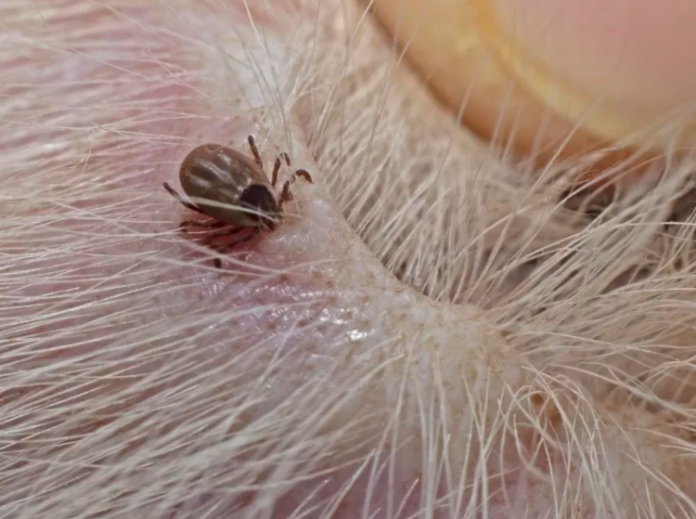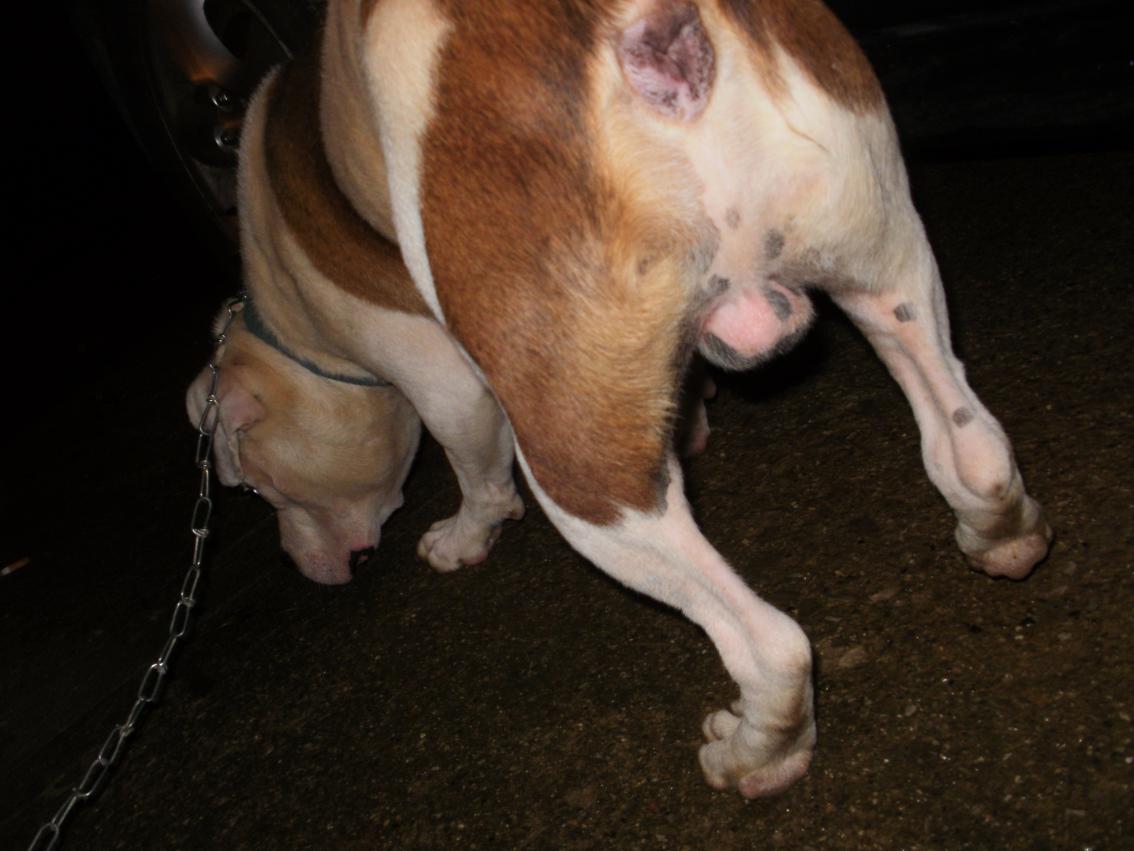Last Updated on October 7, 2023 by Fumipets
Safely Removing Ticks from Your Beloved Dog
Ticks can be more than just a nuisance for your furry friend. These tiny parasites can burrow into your dog’s skin, leading to discomfort and potentially causing tick-borne diseases.
Knowing how to safely remove a tick from your dog is essential for their well-being. In this guide, we’ll not only walk you through the removal process but also shed light on the signs of tick-related illnesses and preventive measures.
Checking Your Dog for Ticks
Before diving into tick removal, it’s crucial to know where to look. Ticks love to hide in dark, moist places on your dog’s body. Here’s how you can effectively check for ticks:
1. Routine Checks: Make a habit of checking your dog, especially after outdoor adventures in wooded areas or tall grass. Regular grooming sessions are ideal for this purpose.
2. The Hotspots: Focus on inspecting the following areas:
- Around their head and ears
- Between their toes
- Under the tail and near the groin
- In their armpits
- Underneath their collar
Ticks prefer dark and damp spots, so it’s advisable to keep a bright light on hand to spot them.
Supplies for Tick Removal
Before you begin, gather the necessary tools to safely remove the tick from your dog. Here’s what you’ll need:
- Gloves: To protect your hands from potential infection.
- Tweezers or a Tick Removal Tool: Essential for the safe removal of ticks.
- Small Sealable Container: For preserving the tick.
- Isopropyl Alcohol: To kill the tick.
- Antiseptic: For cleaning the bite area.
- Antibiotic Ointment: To prevent secondary infections.
- Magnifying Glass: Useful for a closer examination.
How To Remove a Tick From a Dog
Using a Tick Removal Tool
Tick removal tools are ideal for larger, adult ticks. Here’s how to use them:
- Slide the tool along your dog’s skin until the tick’s head is firmly inside the hook’s notch.
- Gently twist the tool until the tick detaches. Do not pull in any direction unless your tool’s instructions say otherwise.
- Lift the tick away from your dog’s skin, preserving it for potential examination by a veterinarian.
Removing the Tick With Tweezers
Tweezers are versatile and suitable for all tick sizes. Here’s a step-by-step guide:
- Grab the tick’s head with tweezers, getting as close to your dog’s skin as possible. Be gentle to avoid crushing the tick.
- Pull outward with a straight, firm motion. Do not twist or shake the tweezers, as this can break the tick while its head is still under your dog’s skin.
- Safely set the tick aside for later examination.
After Removing the Tick
Once the tick is removed, there are several important steps to follow:
1. Preserve the Tick: Place the tick in a small container filled with isopropyl alcohol. Your veterinarian may want to inspect it later for potential diseases.
2. Verify Complete Removal: Using a bright light, check the bite area for any leftover tick parts, which may appear as dark spots or splinters. If the tick’s head broke off inside your dog, consult your veterinarian for assistance.
3. Clean the Bite Site: Thoroughly clean the tick bite area with soap and water or a non-stinging antiseptic. Follow up with antibiotic ointment to prevent secondary infections.
4. Monitor for Tick-Borne Diseases: Keep a close eye on your dog’s health for three weeks after the tick bite. Look out for symptoms such as fever, limping, joint swelling, lethargy, and decreased appetite. If you notice any unusual behavior or symptoms, contact your veterinarian promptly.
Preventing Tick Bites
Prevention is the key to safeguarding your dog from tick-borne diseases. Here are some effective prevention strategies recommended by the CDC:
- Regularly check your dog for ticks, especially after outdoor activities.
- Remove ticks promptly to reduce the risk of disease transmission.
- Employ tick-repellent products like collars and topical solutions recommended by your veterinarian.
- Reduce tick habitats in your yard by using pesticides, maintaining your lawn, and keeping wild tick-carrying animals at bay.
Tick Removal FAQs
If you have questions about tick removal and tick-borne diseases, here are some quick answers:
1. Can You Remove a Tick From a Dog With Vaseline?
- Avoid using Vaseline or other folklore remedies; use tweezers or a tick removal tool.
2. What Will Draw a Tick Out of a Dog?
- The best approach is to remove the tick as quickly as possible using proper tools, not to draw it out.
3. Can You Give a Dog Benadryl for Tick Bites?
- Benadryl can alleviate itching and swelling but won’t treat tick-borne diseases.
4. How Do You Kill a Tick?
- After removal, place the tick in isopropyl alcohol; do not crush it.
Taking swift action when you find a tick on your dog is crucial for their well-being. By following these guidelines for safe tick removal and prevention, you can help keep your canine companion happy and healthy.
Source: Newsweek


















